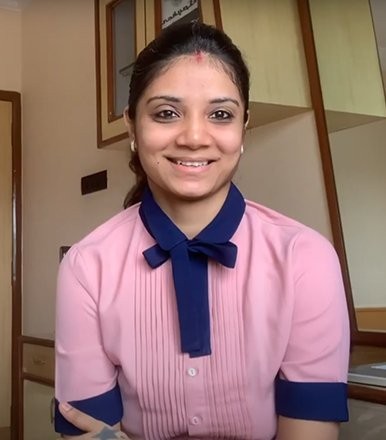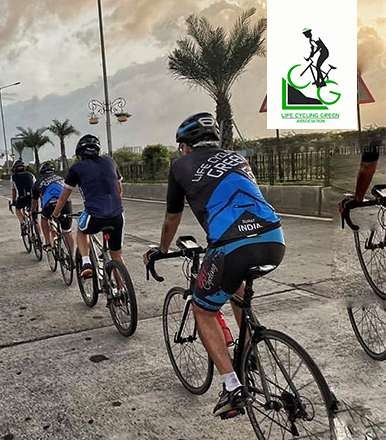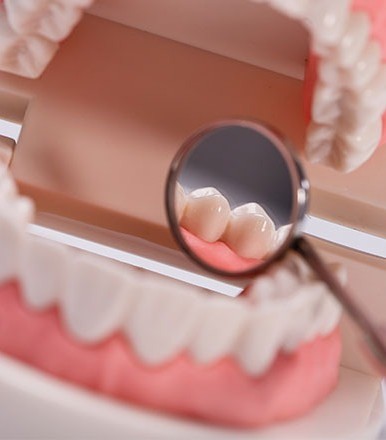Dr.Rucha Seth is a radiologist & Owner of Ashoka Radiology Centre in Surat. She wants to spread awareness about Breast Cancer. Ashoka Radiology Centre is the best Radiology clinic for cancer patients. So, let's get started
Breast cancer is the most typical cancer affecting women worldwide. In 2020, there were 2.3 million women diagnosed with breast cancer and 685000 deaths globally. Almost 1 in 8 women suffer from it.
CAUSES:
Genetic factors
About 5 to 10 percent of breast cancers occur due to gene mutations passed down generations. The most well-known are breast cancer gene 1 (BRCA1) and breast cancer gene 2 (BRCA2), which significantly increase the risk of breast and ovarian cancers.
RISK FACTORS:
All these factors increase the chances of having breast cancer.
- Being a female!
- Increasing age above 40 years.
- A personal history of breast conditions/breast cancer /li>
- A family history of breast cancer
- Radiation exposure to the chest
- Obesity
- Beginning your menses early - before age 12
- Beginning menopause at an older age - over age 45
- Having your first child at an older age - after age 30
- No history of pregnancy
- Postmenopausal hormone therapy
- Drinking alcohol and smoking
SIGNS & SYMPTOMS OF BREAST CANCER MAY INCLUDE:
- A breast lump or thickening that feels different from the surrounding tissue.
- Change in the size, shape or appearance of a breastr
- Changes in the skin over the breast like dimpling, redness or pitting
- A newly inverted nipple
- Peeling, scaling, crusting or flaking of the pigmented skin surrounding the nipple (areola) or breast skin
- 2B Rody Web black rims with continental contact cruiser tyres
DIAGNOSING BREAST CANCER
- Breast exam. Your doctor will check your breasts and lymph nodes in your armpit, feeling for any lumps or other abnormalities
- Mammogram. A mammogram is an X-ray of the breast. Mammograms screen for breast cancer along with providing a detailed diagnosis.
- Breast ultrasound. Ultrasound may determine whether a new breast lump is a solid mass or a fluid-filled cyst.
- Biopsy of the breast cell. Removing a sample of breast cells for testing is one of the definitive ways to make a diagnosis of breast cancer. A specialized needle device extracts a tissue. It is sent to a laboratory for analysis to determine whether the cells are cancerous, the type of cancer, its aggressiveness (grade) and whether the cancer cells have hormones or other receptors that may influence your treatment options.
- Breast magnetic resonance imaging (MRI). An MRI of the breasts may be done for a detailed breast evaluation and deeper spread.
PREVENTION:
It is difficult to prevent, but risk reduction is possible.
BREAST CANCER RISK REDUCTION FOR WOMEN WITH AN AVERAGE RISK:
- Regular Breast cancer screening mammography. Regular mammography exams should be conducted after age 40 [in patients with no family history] and earlier [for patients with history].
- Breast self-examination for breast awareness. Women should become familiar with their breasts by learning self-examination. If there are changes in skin, lumps or other unusual signs in your breasts, talk to your doctor promptly
- Prolonged breastfeeding
- Regular physical activity and weight control;
- Limit harmful use of alcohol, tobacco smoke
- Limit postmenopausal hormone therapy. Use the lowest dose of hormone therapy possible for the shortest period of time.
- Choose a healthy diet: Mostly plant-based foods, such as fruits and vegetables, whole grains, legumes, and nuts.
BREAST CANCER RISK REDUCTION FOR WOMEN WITH A HIGH RISK SUCH AS A PRECANCEROUS BREAST CONDITION.
Preventive medications (chemoprevention). Estrogen-blocking medications reduce the risk of breast cancer in women with a high risk of the disease.
Preventive surgery. Women with a very high risk of breast cancer may choose to have their healthy breasts surgically removed (prophylactic mastectomy).
TREATMENT OF BREAST CANCER:
Breast cancer treatment can be highly effective, especially when the disease is diagnosed early.
breast cancer treatment often consists of a combination of surgical removal, radiation therapy and medication such as chemotherapy/hormonal therapy and/or targeted biological therapy to treat microscopic cancer spread from the breast tumor through the blood.
Such treatment can prevent cancer growth and spread, thereby saving lives.
Supportive (palliative) care:
It is specialized medical care providing relief from pain and other symptoms of a critical illness. Palliative care can be used while undergoing other aggressive treatments, such as surgery, chemotherapy, or radiation therapy.
BREAST CANCER SURVIVAL RATES
The breast cancer survival rates depend upon the stage of spread of cancer at the time of diagnosis, age, and overall general health of the patient. The 5-year survival rate for women diagnosed with localized breast cancer is 99 percent. For women diagnosed with regional breast cancer [stage 1], survival is roughly 86 percent, and for distant breast cancer [stages 3 and 4], it is 29 percent.
Check out Hello Fitness Magazine. There is never a wrong time to go on a fitness quest. Contact us and allow us to assist you in leading a better lifestyle. Follow us on Instagram. We share the best Health & Fitness related Articles for information based on healthy eating, health and fitness recommendations, health problems and their solutions, human body fitness, and much more.













